Follow Up Survey

The follow up survey form is used to collect feedback from users about their usage of your service or product. The template can be used for anonymous feedback, but you can add contact information to it and track the feedback to a named user. It collects satisfaction or otherwise of a product, as well as aspects of the product the customer found satisfying.
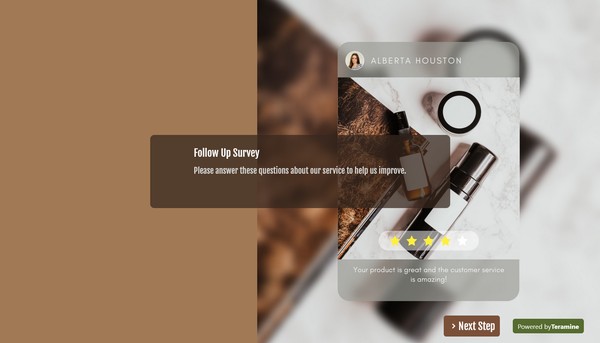
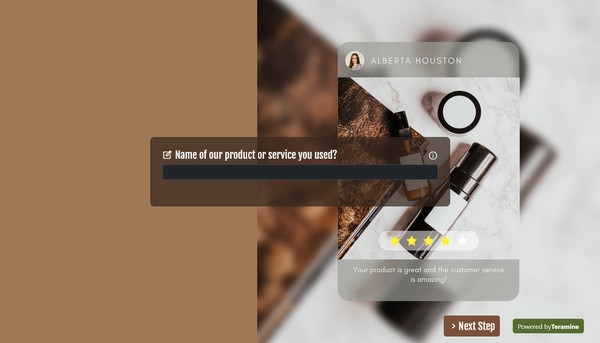
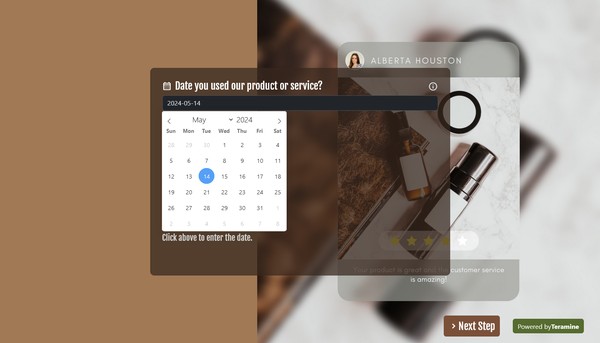
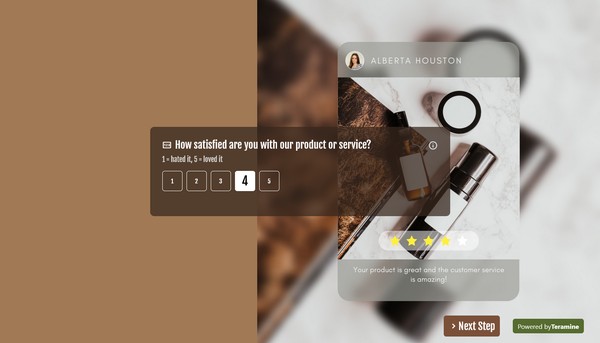
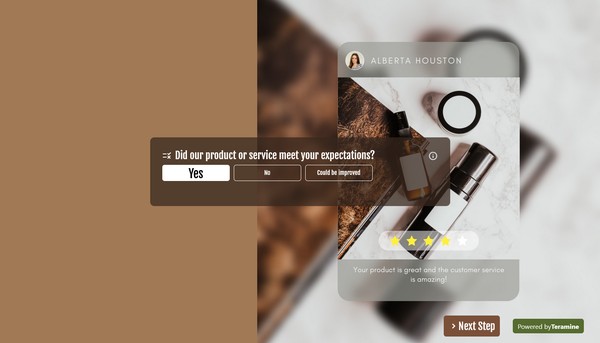
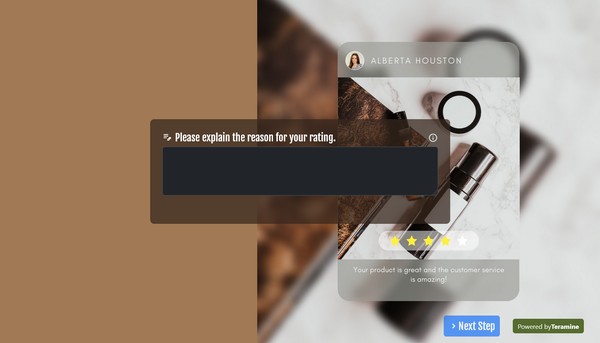
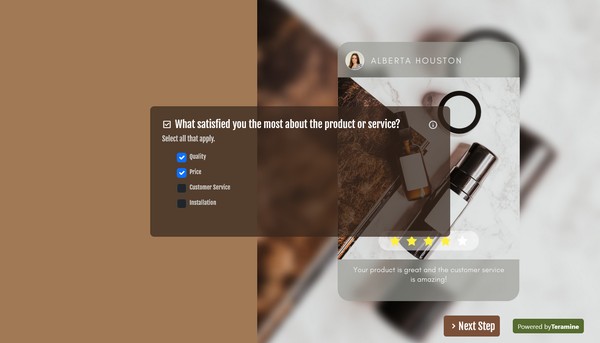
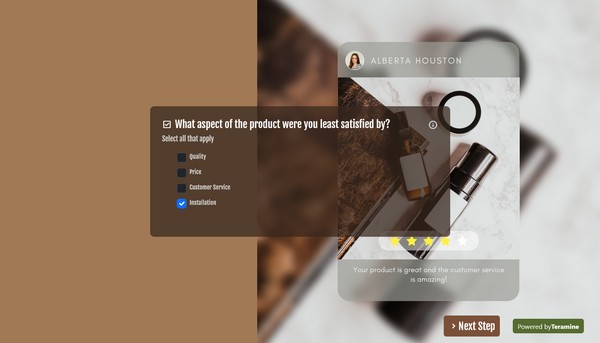
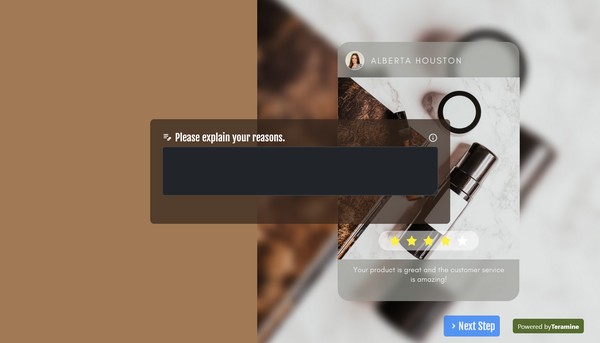
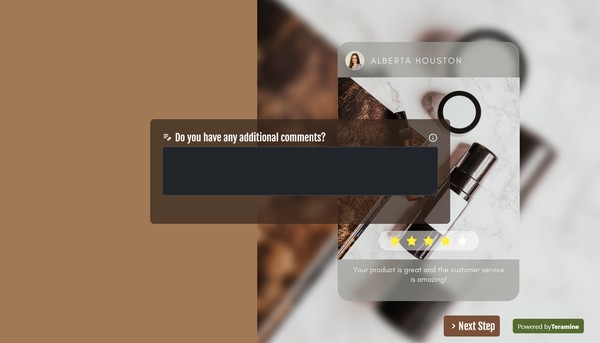
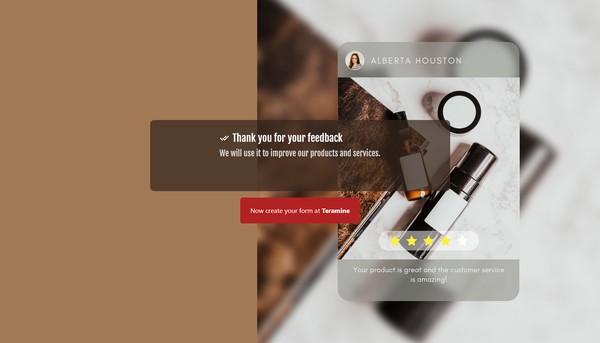
Follow Up Survey FAQs
A follow-up survey is a tool used by organizations to gather additional information after an initial engagement or interaction with their customers, clients, or stakeholders. The purpose of this survey is to obtain feedback, assess satisfaction, and identify areas for improvement in products, services, or processes.
Typically conducted after a sale, project completion, event, or customer service interaction, follow-up surveys help organizations to evaluate performance, measure customer satisfaction, and strengthen customer relationships. They are essential for refining business strategies, enhancing customer experience, and ultimately driving long-term success. By analyzing the collected data, an organization can make informed decisions to better meet the needs and expectations of its target audience.
A well-designed follow-up survey should be comprehensive and focused, enabling you to gather actionable insights to improve your products, services, or customer experience. Here are some critical components a follow-up survey should contain:
Introduction and Purpose: Clearly state the purpose of the survey and how the feedback will be used. This sets expectations and encourages participation.
Demographic Information: Gather basic demographic data to segment the responses and analyze trends among different customer groups. Be mindful of privacy and ensure compliance with relevant data protection regulations.
Experience Evaluation:
- Satisfaction Level: Questions to gauge the overall satisfaction of the customer with your product or service.
- Net Promoter Score (NPS): To measure customer loyalty and likelihood of recommending your brand.
Specific Feedback:
- Questions targeting particular aspects of your product or service, such as quality, usability, or customer support.
Open-Ended Questions: Provide space for respondents to offer detailed thoughts and suggestions, enabling a deeper understanding of their experience and areas for improvement.
Improvement Suggestions: Directly ask customers for recommendations on how to enhance your offerings or their experience.
Comparison Metrics: Inquire if the customer's experience this time was better or worse than previous interactions to track improvements over time.
Completion Timeline: An estimated time to complete the survey can help set expectations and reduce survey abandonment.
Thank You and Incentives: Show appreciation for their participation and offer an optional incentive for completing the survey, if applicable.
Contact Information for Further Follow-Up: Optionally allow respondents to provide their contact information if they wish to be contacted regarding their feedback.
Remember to keep the survey concise and relevant, respecting the customer's time while obtaining the necessary information to make informed decisions.
Implementing a Follow-Up Survey can serve as a strategic advantage for businesses aiming to enhance customer satisfaction, refine products and services, and drive growth. Here are some notable benefits:
Enhanced Customer Insights: Follow-Up Surveys provide valuable feedback from customers regarding their experiences with products or services. This data is instrumental in understanding customer needs and preferences.
Improved Customer Retention: By gathering and acting on feedback, businesses can address issues that might otherwise lead customers to competitors, thereby enhancing retention rates.
Informed Decision Making: The insights garnered from follow-up surveys help guide strategic decisions, tailoring products and services to better meet market demands.
Strengthened Customer Relationships: Proactively seeking feedback demonstrates a company’s commitment to customer satisfaction, thus fostering loyalty and trust.
Benchmarking Performance: Repeated follow-up surveys can help track performance over time, allowing businesses to measure improvements and benchmark against industry standards.
Identification of Trends: Surveys can highlight emerging trends and shifts in consumer behavior, enabling businesses to adapt and stay ahead in a competitive landscape.
Opportunity for Continuous Improvement: Regular feedback loops allow businesses to continuously refine and develop their offerings, aligning closely with customer expectations.
By implementing follow-up surveys, organizations are better positioned to navigate market changes and enhance their competitive edge.









